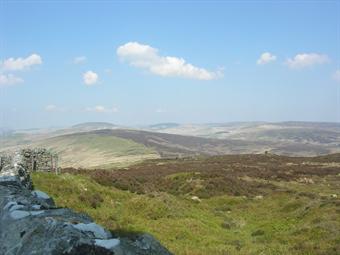The Wildlife Estates of the European Landowners Organisation

Moorland on Langholm Estate is managed for red grouse and hen harriers
Certification is a way of recognising excellence. It can show that food, wine, timber or other riches of nature comes from a source where local skills and practises ensure taste or sustainable use. This recognition can give an economic advantage, or simply the satisfaction of achieving the best standard possible.
The Wildlife Estates initiative encourages high standards of estate management. Rural estates are large areas that typically support diverse types of land management. Stable ownership favours planning for long-term ecological sustainability, but there must also be economic sustainability. Moreover social sustainability requires good relations with all stakeholders, including employees, local residents and government. This initiative by ELO certifies both good management and wildlife conservation, taking special account of the different types of hunting which can be an important part of estate activity across Europe.

Biodiversity scores are important for Wildlife Estate certification
There is a points system, including areas and balance of cultivated and more natural habitat and numbers of species of high interest for conservation. The points system adjusts for the biogeographic region, to take account of the glorious variability of European landscapes. A particular feature of several estates is their conservation of large, rare predators, whose food supply is shared with hunters.
On the Web
Click to read about the Wildlife Estates initiative, including its four pilot estates
Read about 20 years of research on red grouse and hen harriers at Langholm
Digital mapping of habitats and species, and other conservation projects by the shooting community.